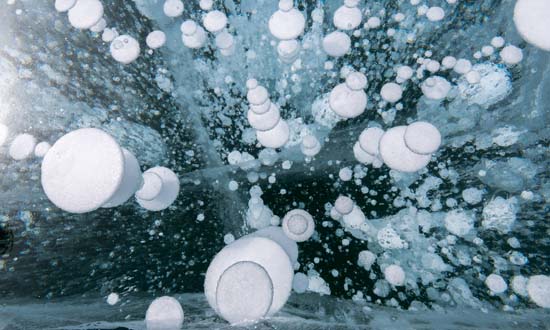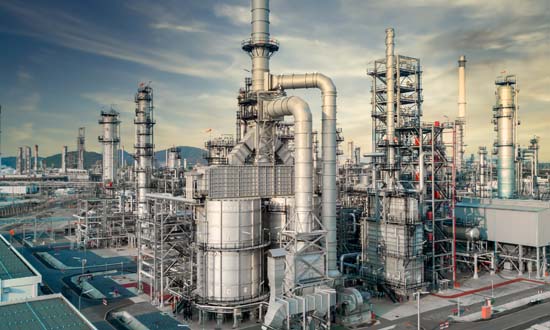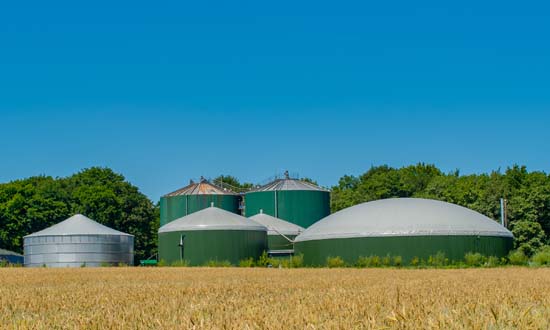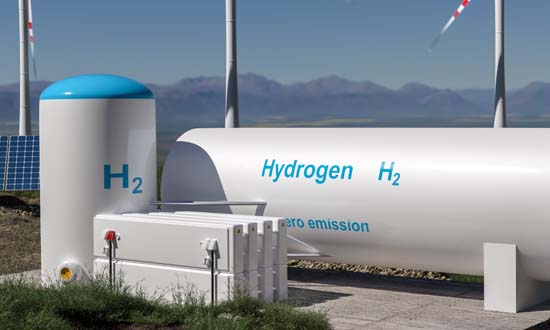
Sources of Methane
Methane and CO2 are produced by decaying organic matter under the earth’s surface. The amount of each depends on the amount of oxygen available. Buried organic matter will over millions of years produce methane, oil or coal, depending on temperature and pressure.
Humans extract natural gas, which is mainly methane, and either use it as a raw material or burn it. However, methane is everywhere, produced from rice paddy fields, to belching cattle. It is a much more potent greenhouse gas than CO2, but is more reactive, and it breaks down to produce CO2.
The methane we extract is in gas form, but vast quantities are in the form of methane hydrate. This consists of methane molecules each enclosed in an ice cage. These are formed at low temperatures and high pressures, and are typically found on ocean floors, and under permafrost in the Arctic. BUT, as temperatures increase the methane hydrate can decompose, releasing potentially vast amounts of methane into the atmosphere. This produces more warming, and more methane release – a vicious positive feedback.
The SPOCC Reactor has the potential to make constructive use of this methane release, thus breaking the feedback loop.

This picture shows bubbles of methane trapped in the winter ice in Lake Baikal in Russia. During summer the methane just vents to the atmosphere.
SPOCC Reactor
The Self-Powered CO2 Converter combines methane, CO2 and air at elevated temperature. Once at temperature, the reactions are self-sustaining.
Take a look to see how the technology works.
Sustainable Aviation Fuel
Anaerobic digesters convert organic matter into a mixture of methane and CO2. The SPOCC Reactor can be used as part of a route to produce sustainable aviation fuel. For an explanation.
Sustainable Hydrogen
'Green' hydrogen, produced by water electrolysis is desirable, but also very energy intensive. Huge amounts of hydrogen are made by the 'grey' hydrogen route, which emits CO2. Read how the SPOCC Reactor could make this method sustainable.


